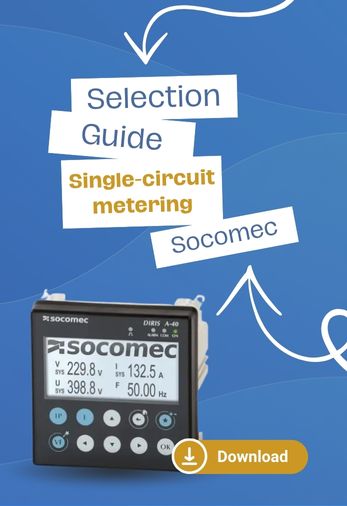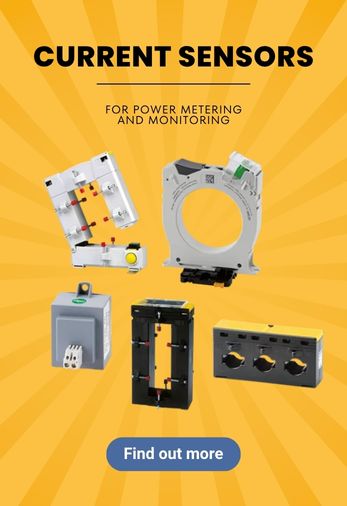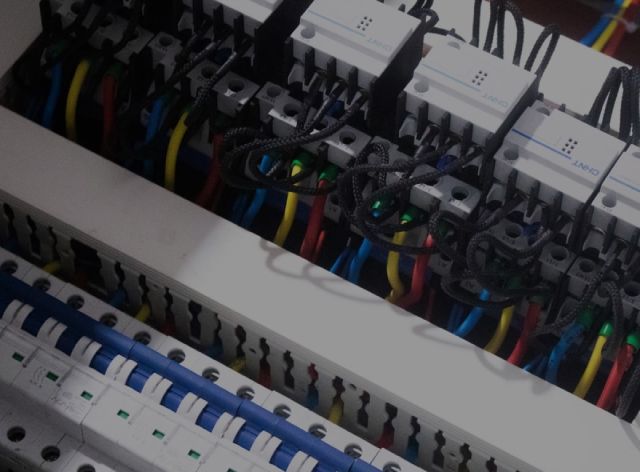Single-circuit metering
Discover our range of single-circuit measurement units, ideal for targeted energy monitoring of a single electrical…
Single-Circuit Meters – Measure and Monitor with Ease
Optim-Elec offers a selection of single-circuit meters designed to efficiently monitor and analyze the power consumption of a single circuit or installation. These compact devices are ideal for energy management in commercial, industrial, or residential buildings, enabling:
- Real-time visualization of electrical parameters (voltage, current, power, power factor, etc.)
- Rapid detection of anomalies
- Optimization of your installation’s energy performance
Why Choose a Single-Circuit Meter?
Single-circuit meters are perfect for:
- Accurate monitoring of a dedicated line (electrical panel, motor starter, sub-meter, etc.)
- Control and management of energy usage with the goal of reducing electricity bills
- Quick installation in electrical panels, thanks to their modular design
Our solutions are suitable for both professionals (installers, facility managers, industrial operators) and individuals who want to take control of their energy consumption.
Our Selection of Single-Circuit Meters
At Optim-Elec, you will find:
- Single-circuit meters from leading brands such as Socomec and Lettel
- Communicating models with Modbus outputs for integration with home automation or supervision systems
- Solutions for all budgets and installation requirements
Need advice?
Our experts are here to help you choose the single-circuit meter best suited to your project, based on the required power, network type (single-phase or three-phase), and your monitoring objectives.
Personalized Support and Contact
Are you hesitating between several models or looking to install a complete energy monitoring system?
Contact us today: our team is at your disposal to provide advice or prepare a free quote.
Frequently Asked Questions
Read More
Read More
Read More
Read More
Read More
Read More



